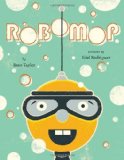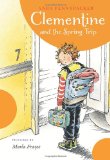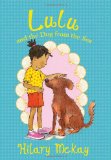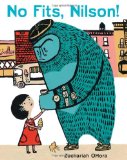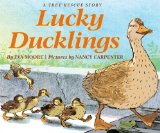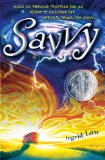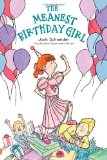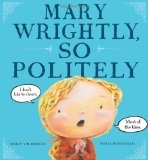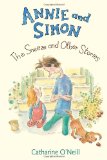Review of The Surprise Attack of Jabba the Puppett, by Tom Angleberger
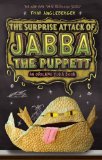 The Surprise Attack of Jabba the Puppett
The Surprise Attack of Jabba the Puppett
by Tom Angleberger
Amulet Books, New York, 2013. 224 pages.
Starred Review
This is now the fourth book about Origami Yoda and Tommy, Dwight, Kellen, Sara, and other kids at McQuarrie Middle School. Like the last one, this one ends with “To Be Continued,” but that didn’t bother me as much as it did in the third book. Now we’ve got a continuing saga going, and those who have read this far will certainly want to keep going.
In this book, the kids are up against the FunTime Education System, produced by Edu-Fun Educational Products. The school’s average standardized test scores were down, so all elective classes have been cancelled so they can watch “educational” videos with Professor FunTime and Gizmo the talking calculator.
This horror is too big for Origami Yoda alone, but they recruit a complete Origami Rebel Alliance to fight back and attempt to restore band, drama, and art. But can a band of rebel fighters take on the Empire of adults determined to bring up those test scores?
This installment in the series was huge fun. Tom Angleberger knows how to fill the reader with mind-numbing terror at the idea of FunTime, because although it’s over-the-top, there are far too many elements of truth in this scenario.
Imagine, if you will, another world, another galaxy, where there is someone like Mr. Good Clean Fun, the guy with the monkey puppet who comes to our assembly and sings songs about how to blow your nose. But this other-galaxy dude is actually worse — he lip-synchs all his songs and is named . . . Professor FunTime! And instead of a puppet, he has an animated, singing calculator.
And together they sang:
“FunTime! Every minute, every second will . . . help you FOCUS on the FUNdamentals!”
The weird dude said, “I’m Professor FunTime!”
And the calculator said, “And I’m Gizmo!”
“We’re here to help you PREP for your big test!”
“What does ‘PREP’ stand for, Professor?”
“‘Preparation and RE-view Period!'”
“Wouldn’t that be ‘PARP’?” asked Kellen.
Oh, the horror! Go, Origami Rebel Alliance!
This middle school series is full of good, clean Fun!
Find this review on Sonderbooks at: www.sonderbooks.com/Childrens_Fiction/jabba_the_puppet.html
Disclosure: I am an Amazon Affiliate, and will earn a small percentage if you order a book on Amazon after clicking through from my site.
Source: This review is based on a library book from Fairfax County Public Library.
Disclaimer: I am a professional librarian, but I maintain my website and blogs on my own time. The views expressed are solely my own, and in no way represent the official views of my employer or of any committee or group of which I am part.
Please use the comments if you’ve read the book and want to discuss spoilers!
